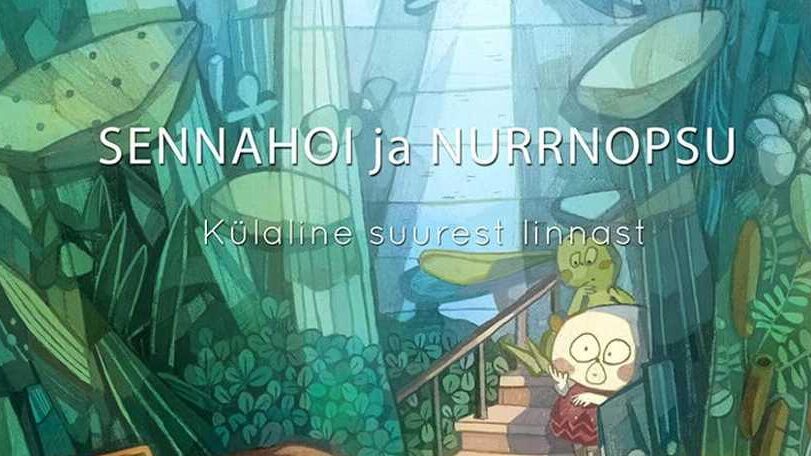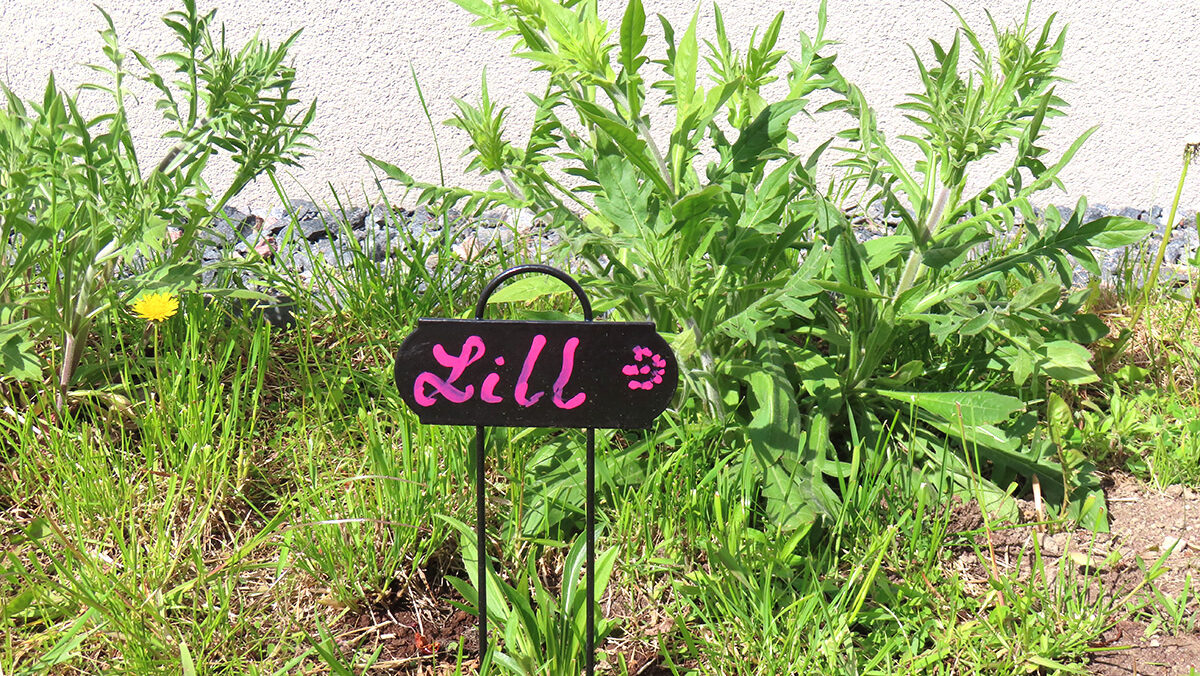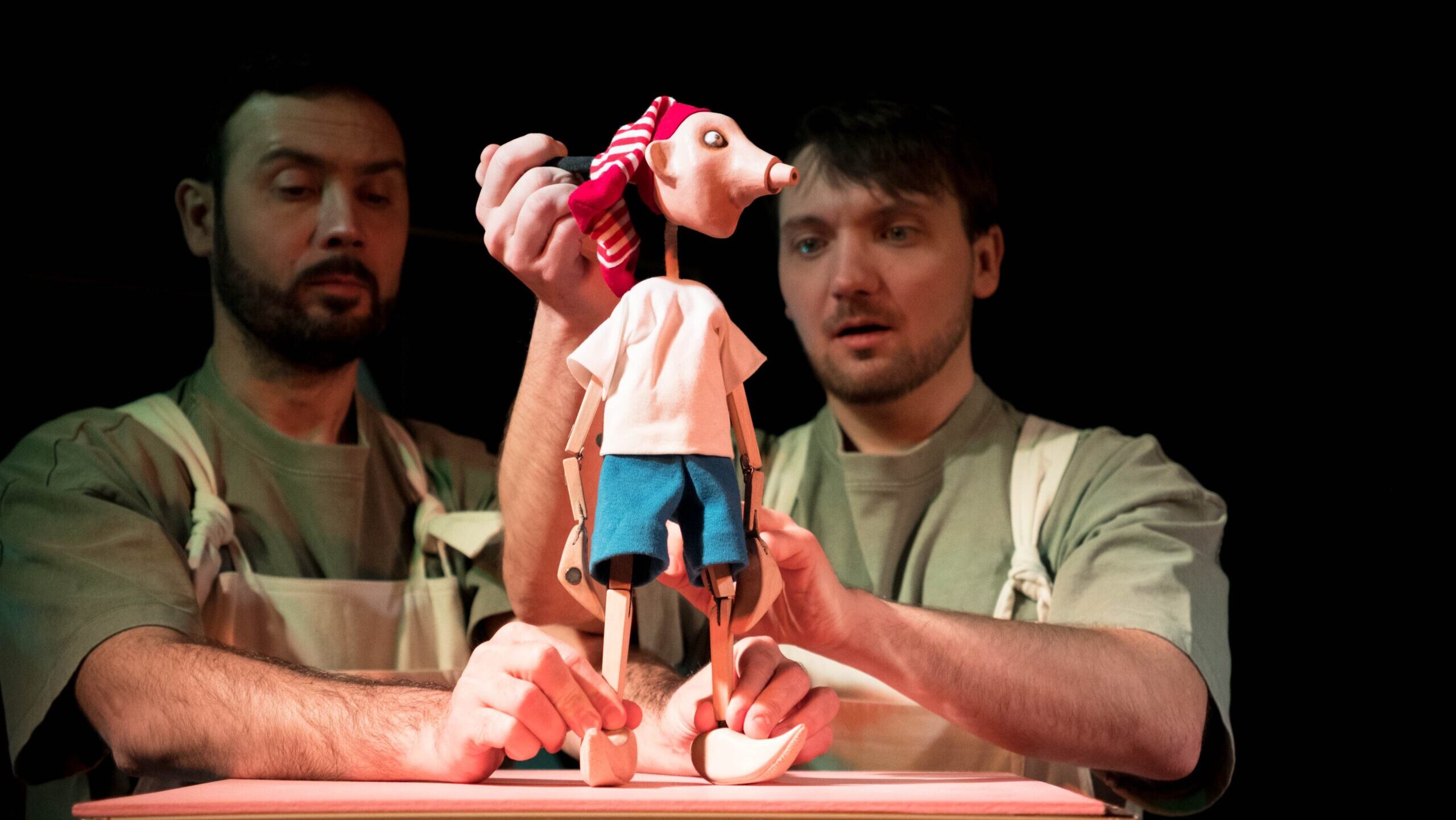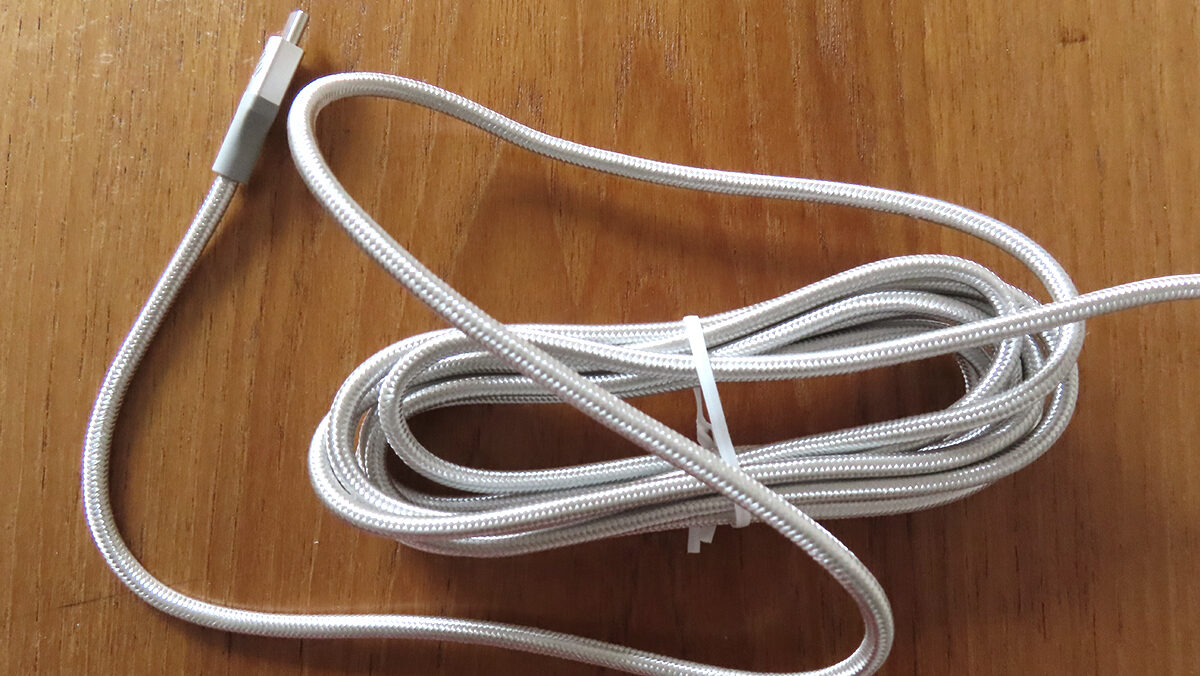While some chapter book readers, between the ages of 7 and 10 approximately, want to read stories about the world they see around them, others may feel as though the themes and characters they used to enjoy aren't allowed anymore. Stories like Finders Keepers by Keiko Kasza or The Day the Crayons Quit by Drew Daywalt. Stories with unexpected turns of events and things that happen just because. Illustrations help readers imagine what's happening at the same time, making a story extra appealing.
Unfortunately, when kids don't find personally intriguing or funny stories to read, they might abandon independent reading altogether, leading them to miss out on the valuable ideas and situations that fiction teaches us about.
Yes, fantastical chapter books are certainly out there. But it was the discovery of Sennahoi and Nurrnopsu, two characters created by Helen Eikla, that had me thinking about these kind of fun chapter books for children. Something for children who are reaching that more complex stage of reading in Estonian, or who could have help from a family member in figuring out new words.
These characters have two books written about them so far: Sennahoi ja Nurrnopsu. Üks põhjamaa lugu (“Sennahoi and Nurrnopsu: A Nordic Story”) from 2017, and the sequel, subtitled Külaline suurest linnast (“A Visitor from the Big City”). Both have been published in hardcover format by Papallona Print OÜ and have been popular choices at Rahva Raamat book stores in Estonia.
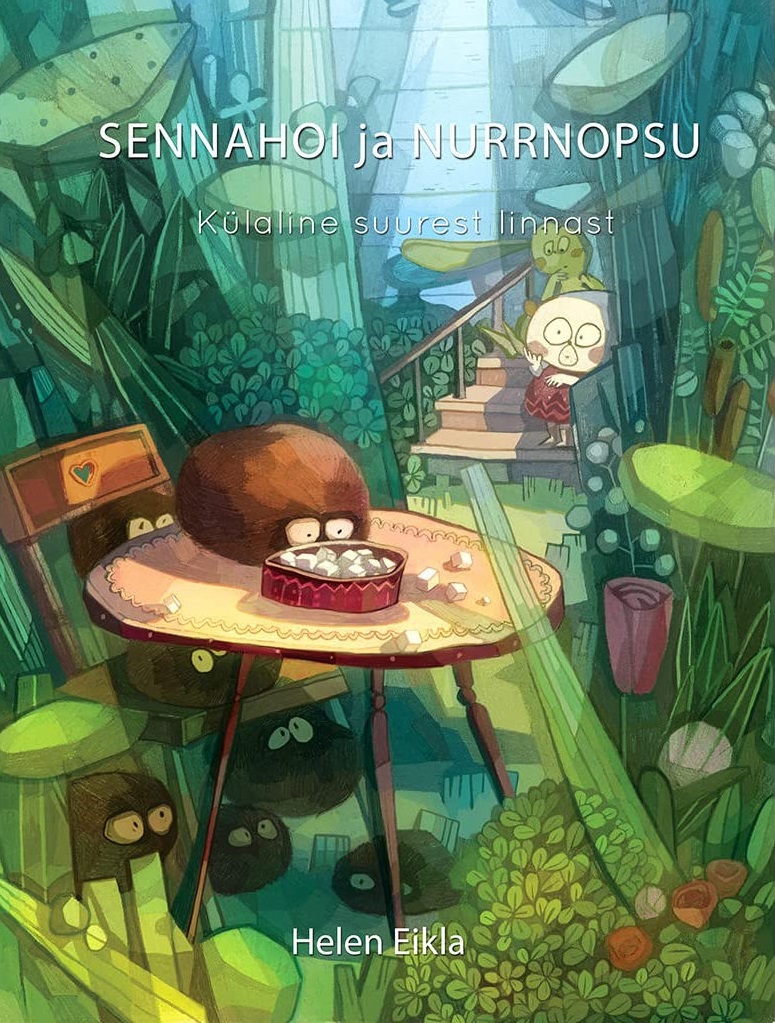
Sennahoi is a green creature with protruding ears and feet who gets around Sinimetsa (“The Blue Forest”) in big leaps and bounds. He is crafty and ambitious, having built himself a home on top of a pine tree. His neighbour and friend is Nurrnopsu, a cozy creature with something of a resemblance to a panda bear, who makes waffles and cinammon rolls for everyone to enjoy.
The second story of the series, from 2019, begins at the time of the vernal equinox, when a new visitor, by the name of Mr. Kaa, arrives from the Big City. Where he comes from, life has challenges that Sennahoi can't initially conceive of in his mind, like the rushed pace of residents and the pursuit of wealth. Comparatively, in Sinimetsa, there are the lumeloomad (“snow animals”) who steal icicles from Nurrnopsu's house in winter. Other hungry monsters are tempted to eat up sweet treats they find, as pictured on the book's front cover. Nurrnopsu, Sennahoi, and their trickster pal Maru, have to take care of a whole bunch of little blue birds that hatch from their eggs. And then there is Sennahoi's new seasonal predicament of how to deal with the shedding of his fur as all creatures in Sinimetsa do. For each character, there are things that bug them about where they live.
Yet, for Mr. Kaa, there is much to be excited about in this new place, including the green coat that he has acquired in exchange for his suit and tie. He sees the extraordinary qualities of this land away from home and wonders whether returning to the Big City is truly what he wants.
Over 128 pages, the story engages the old question of “is the grass greener on the other side?” with a mischievous cast of characters, including a cave dweller with a long white beard who drops in wisdom here and there. The characters show comical expressions that kids will connect to while connecting with the sincere messages conveyed in the text. These qualities help to present the story in an entertaining way.
The book's interior and exterior artwork, by Vietnamese illustrator Thai My Phuong, is clever in its use of maximalism, with details left for closer examination. Some of the best images in the book capture the optical illusion of rays and auras of glowing light passing over and behind the characters and scenery. The illustrations have impressive dimension, showing scenes from unexpected angles.
It's a book that would fit into the fantasy-leaning part of a book collection, but as any fantasy aficionado could attest, what's inside is close to reality at the core.
Both books of the series can be found at sennahoi.com . A Polish version of the series' first story is out there currently, so hopefully an English translation will eventually become available, too.
This article was written by Vincent Teetsov as part of the Local Journalism Initiative.
